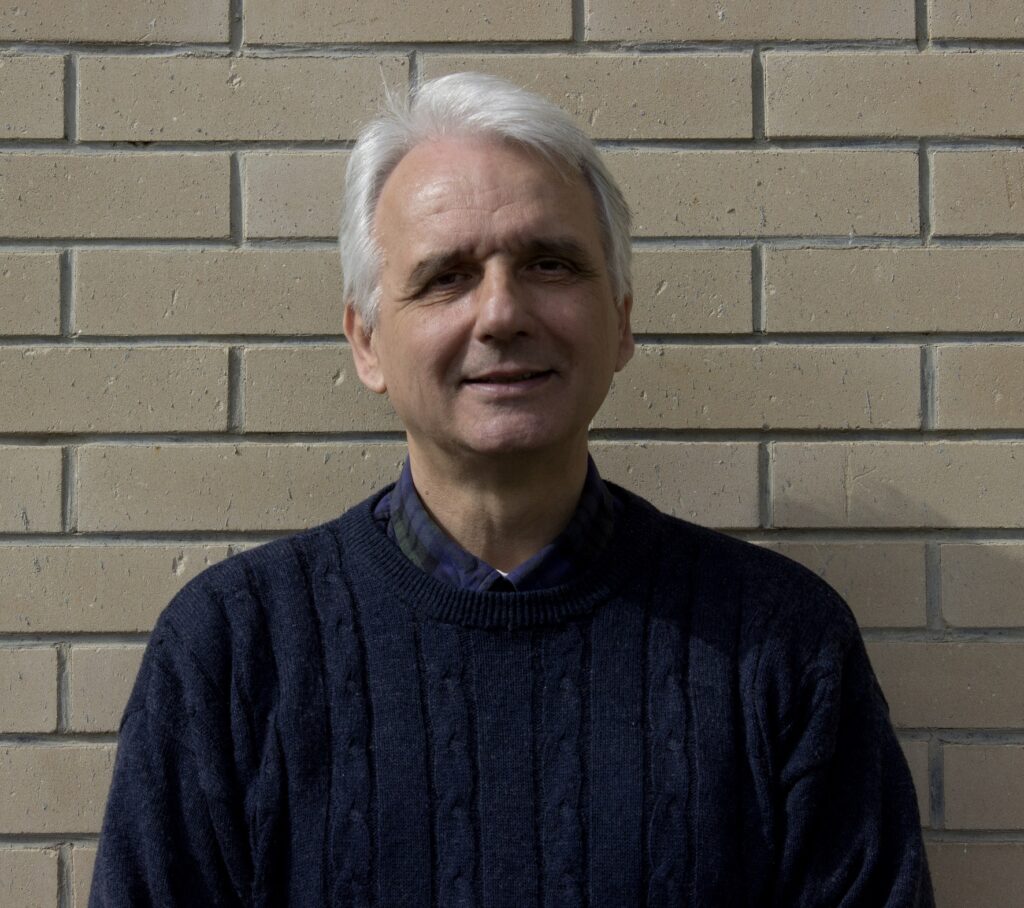Biological lens in the eye of a mammal focuses light on the retina. Its shape and size is crucial for that purpose. We base our work on abundance of data collected at Washington University in St Louis, mostly
on mice. We provide the first ever growth model of the mouse eye and succeed in capturing a variety of behavior about the size of the lens, number of cells in the anterior capsule of the lens (epithelium) and the
dynamics of the cell movement between the various zones of the epithelium. Lens grows through the entire life and exhibits significantly different behavior throughout life. Our model is based on branching
processes with immigration and emigration. (This is a joint work of Hrvoje Šikić, and Steven Bassnett and members of his lab at Washington University. Research supported by NIH grant R01 EYO9852 and a Marie Curie FP7-PEOPLE-2013-IOF-622890 MoLeGro Fellowship.)

Hrvoje Šikić (PhD, University of Florida 1993), Professor of Mathematics, Faculty of Science, University of Zagreb. His research interests are in Probability Theory and Stochastic Processes, Harmonic Analysis, Math Applications in Biology and Economics. He was Marie Curie IOF Fellow 2014-17 (Washington University in St Louis). Visited over 20 Universities and Institutes, presented over 100 public lectures. Selected services: Vice president of the University Board, Head of the University Research Committee, Editor in chief of the oldest Croatian mathematics journal, Head of the Doctoral Program in Mathematics. Selected Prizes: Croatian Academy of Arts and Sciences Prize for 2009, Republic of Croatia Science Award for 2011, Andrija Mohorovičić Award for 2018, University of Florida Preeminence Award 2019. He is also a three-time recipient of the student award Brdo for best lecturers.